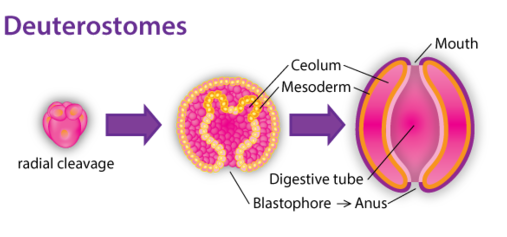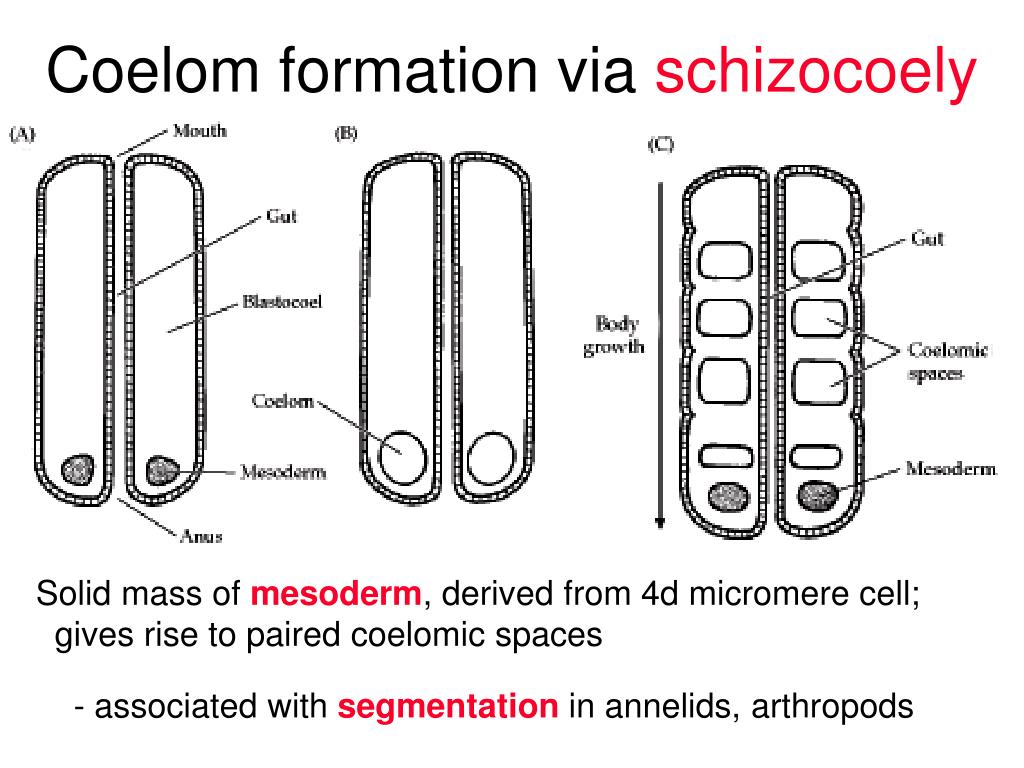
The realignment of the mitotic spindle causes each cell to divide unequally, resulting in a spiral displacement of small cells, the micromeres, that come to sit atop the border between larger cells, the macromeres. In protostomes, the developing zygote undergoes spiral cleavage, a process in which the cells divide at a 45° angle to one another due to a realignment of the mitotic spindle. Origin of mesoderm: pouches off gut (endoderm)Ĭleavage pattern refers to the process of cell division from one fertilized cell, the zygote, into hundreds of cells, the embryo.Origin of mesoderm arises from mesentoblast (4d cells).These developmental features are different in the two groups and can be summarized as follows: Origin of mesoderm (the "middle" embryonic tissue layer between ectoderm and endoderm that forms various structures such as muscles and skeleton).Embryonic cleavage pattern (that is, how the zygote divides to become a multicellular animal).Historically, the two groups are distinguished by the following criteria: Grobben was not the first biologist to recognize the distinction between these two groups, but he was the first to place importance on the fate of the blastopore as a major distinguishing criterion. Traditionally, the protostomes include the Annelida, Arthropoda, and Mollusca, and the deuterostomes comprise the Echinodermata and Chordata. Protostomia and Deuterostomia are considered super-phyletic taxa, each containing a variety of animal phyla.


Animals in which the blastopore becomes the mouth are called protostomes those in which the mouth develops after the anus are called deuterostomes (from the Greek "deutero," meaning second, and "stoma," meaning mouth). It distinguishes a group of invertebrate animals based upon the fate of the blastopore (the first opening of the early digestive tract) during embryonic development. The term Protostomia (from the Greek "proto," meaning first, and "stoma," meaning mouth) was coined by the biologist Karl Grobben in 1908. What is a protostome? Origin of Protostomia


 0 kommentar(er)
0 kommentar(er)
